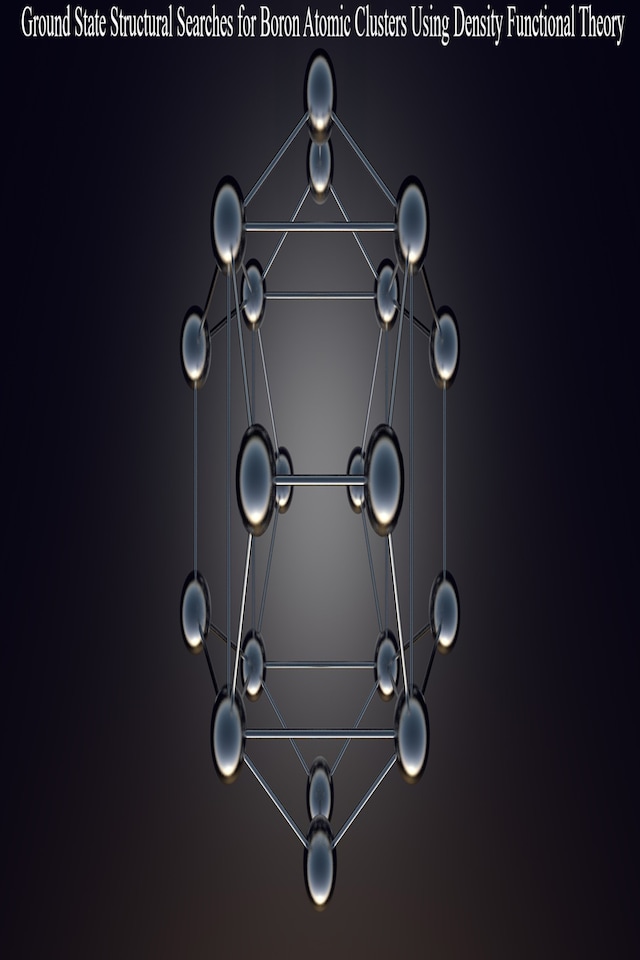
Ground State Structural Searches for Boron Atomic Clusters Using Density Functional Theory
Tietoa kirjasta
Elemental boron has a fascinating chemical versatility that is unique among the elements of the periodic table. The study of the evolution of boron atomic clusters and their chemical and physical properties is of fundamental interest to researchers interested in nanotechnology. One of the most difficult problems in the study of boron clusters is finding their ground state cluster structures. The atomic arrangements in clusters are generally very different from those in corresponding bulk materials, such that chemical intuition cannot be trusted to generate optimal structures. An unbiased search method was used to search for these stable boron structures. It took advantage of the relative speed of the density functional-based tight binding (DFTB) method to identify low-lying local structures and then used the more accurate density functional theory (DFT) to find the ground state structures.
In this project we used a computational scheme to predict the best atomic arrangements of boron clusters. A completely unbiased search mechanism was implemented to determine optimal boron clusters. An approximate model was first used to locate minimum energy conformations followed by a more accurate first principles calculation to get the global minimum. Our results were then validated by comparisons to those reported in literature. The objective was to perform a consistent search of cluster sizes ranging from sizes n = 2-14, 16, 18 and 20. This was done to not only study where boron makes its transition from flat to three-dimensional clusters, but also to determine patterns in their evolution with size. The motivation behind our work and the long-term goal involved exploring the viability of the existence of large cage-like boron clusters, like B80, which have been proposed in literature as being extremely stable.
 John Kabaa
John Kabaa 46 Sivua
46 Sivua